Edit, Download, and Sign the Ruminative Responses Scale for Research on Depression
Form
eSign
Add Annotation
Share Form
How do I fill this out?
To fill out the Ruminative Responses Scale, read each item carefully. Indicate how often you think or do each item when feeling down. Your responses will help gauge rumination levels related to depression.
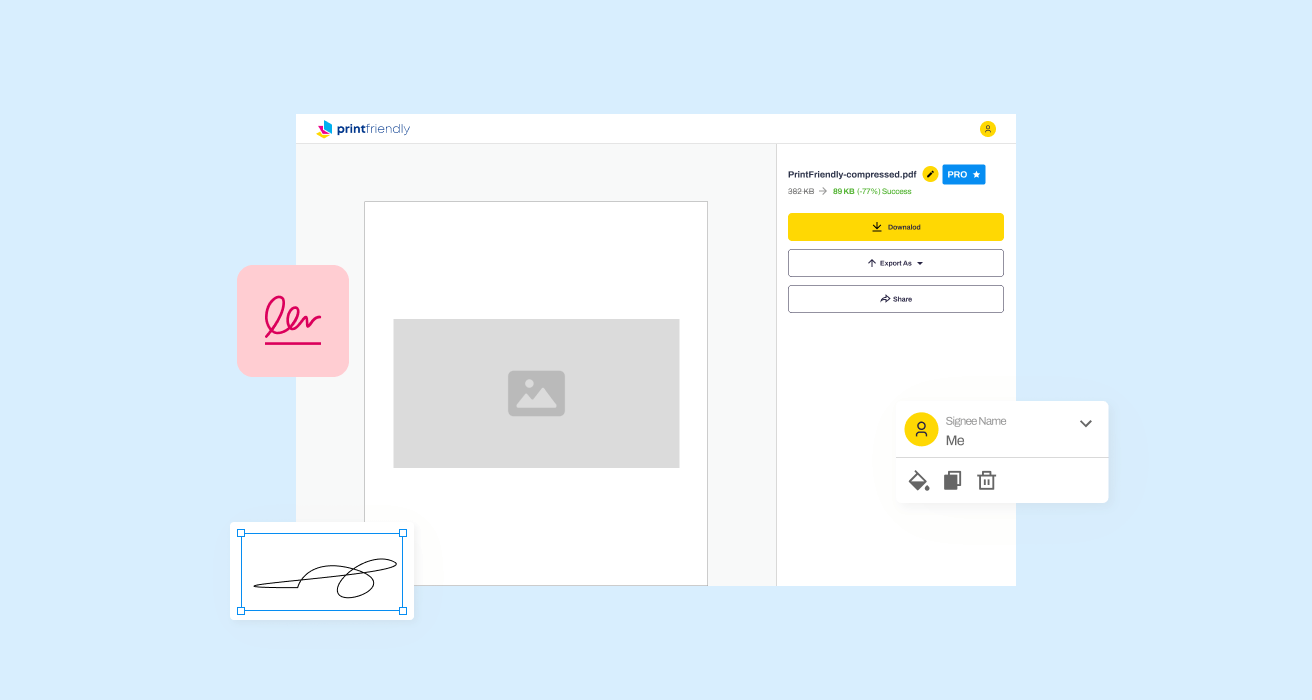
How to fill out the Ruminative Responses Scale for Research on Depression?
1
Read each item on the scale.
2
Choose one option from 'almost never' to 'almost always'.
3
Reflect on your feelings when down.
4
Answer based on general behavior, not ideal responses.
5
Total your scores at the end for final assessment.
Who needs the Ruminative Responses Scale for Research on Depression?
1
Mental health researchers who study depression.
2
Psychologists looking to understand ruminative thoughts.
3
Students conducting studies on emotional responses.
4
Clinicians assessing patients' ruminative style.
5
Educators teaching about depression and its effects.
How PrintFriendly Works
At PrintFriendly.com, you can edit, sign, share, and download the Ruminative Responses Scale for Research on Depression along with hundreds of thousands of other documents. Our platform helps you seamlessly edit PDFs and other documents online. You can edit our large library of pre-existing files and upload your own documents. Managing PDFs has never been easier.

Edit your Ruminative Responses Scale for Research on Depression online.
Editing the PDF on PrintFriendly is user-friendly. You can easily modify text, add your notes, and adjust formatting. Make the document your own to suit your research needs.

Add your legally-binding signature.
You can sign the PDF on PrintFriendly with ease. Simply use our digital signature feature to add your signature where required. This makes submitting official documents a breeze.
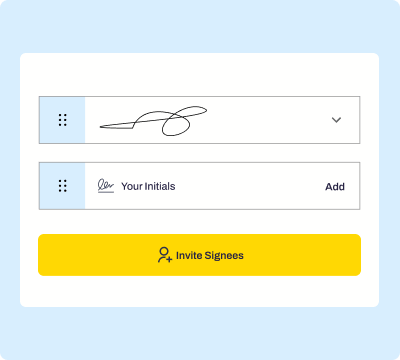
Share your form instantly.
Sharing your PDF on PrintFriendly is seamless. You can send your edited document via email or share it on social media. Collaborate effortlessly with colleagues and peers.
How do I edit the Ruminative Responses Scale for Research on Depression online?
Editing the PDF on PrintFriendly is user-friendly. You can easily modify text, add your notes, and adjust formatting. Make the document your own to suit your research needs.
1
Upload your PDF document to PrintFriendly.
2
Use the editing tools to modify text and formatting.
3
Add notes or comments directly on the document.
4
Preview your changes to ensure accuracy.
5
Download the final version for your use.

What are the instructions for submitting this form?
Please submit this completed form via email to support@example.com or fax it to (123) 456-7890. Ensure to include your full name and contact information in the submission. If submitting online, follow the provided link and complete the required fields.
What are the important dates for this form in 2024 and 2025?
Important dates for submissions or studies utilizing this form can vary. Please refer to specific study guidelines for 2024 and 2025 dates. Ensure to stay updated with any changes pertaining to the research timelines.

What is the purpose of this form?
The purpose of the Ruminative Responses Scale is to quantify rumination levels in individuals experiencing depression. It aids researchers and clinicians in understanding the relationship between response styles and emotional health. Accurate scoring can provide insights for effective treatment strategies.

Tell me about this form and its components and fields line-by-line.

- 1. Thoughts of Isolation: Reflecting on feelings of loneliness.
- 2. Job Performance Worry: Concern about job capability during depressive episodes.
- 3. Physical Fatigue: Thinking about feelings of fatigue and pain.
- 4. Concentration Issues: Difficulty focusing on tasks.
- 5. Deservingness: Thinking about what one may deserve.
- 6. Passivity: Reflecting on feelings of being unmotivated.
- 7. Understanding Events: Analyzing events to understand depression.
- 8. Emotional Numbness: Feeling disconnected from emotions.
- 9. Lack of Initiative: Questioning inability to act.
- 10. Behavior Patterns: Analyzing consistent behavioral responses.
- 11. Seclusion: Choosing to be alone to think.
- 12. Writing and Analyzing: Documenting thoughts and analyzing them.
- 13. Wishing Events Were Different: Reflecting on outcomes of recent situations.
- 14. Concentration and Feelings: Concern that feelings affect concentration.
- 15. Comparative Problems: Wondering about individual problems vs others.
- 16. Handling Difficulties: Reflecting on personal capability to cope.
- 17. Sad Feelings: Thinking about sadness.
- 18. Self-Criticism: Reflecting on personal shortcomings.
- 19. Lack of Motivation: Feelings of incapacity to engage in tasks.
- 20. Personality Analysis: Thinking about personality traits in relation to depression.
- 21. Solitude for Reflection: Being alone to think about feelings.
- 22. Self-Anger: Reflecting on anger towards oneself.
What happens if I fail to submit this form?
If the form is not submitted, you may miss important participation opportunities. It is crucial to submit on time to ensure your data is counted and utilized effectively. Unsubmitted forms may hinder your ability to participate in future studies.
- Missed Opportunities: Failure to submit may result in lost chances to participate in research or projects.
- Inaccurate Data: Without submission, your valuable insights will remain unaccounted for.
- Delays in Feedback: You may experience delays in receiving feedback or results from your participation.
How do I know when to use this form?

- 1. Clinical Assessments: Utilize during psychological evaluations to understand clients better.
- 2. Research Studies: Employ this scale in studies focusing on mental health outcomes.
- 3. Educational Purposes: Support educational initiatives aimed at teaching about depression.
Frequently Asked Questions
What is the Ruminative Responses Scale?
It is a tool used to assess thought patterns associated with depression.
How do I complete the scale?
Read each item and indicate your response based on your feelings when down.
Can I edit the scale?
Yes, you can edit the PDF using PrintFriendly's tools.
How do I submit my completed scale?
Follow submission instructions provided with the document.
Is there a deadline for submission?
Check the document for any specific deadlines.
What if I have questions while filling it out?
Feel free to reach out to the provided contact for guidance.
Can I share my responses with others?
Yes, you can share your completed document easily.
Are there alternative forms available?
This is the primary scale used in our research.
What if I don’t understand some items?
Refer to the instructions or contact for clarification.
How does this scale help in research?
It provides data on rumination patterns related to depression.
Related Documents - RRS Scale
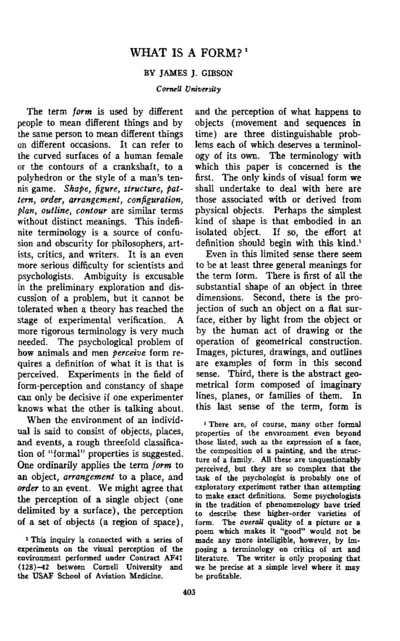
Understanding Form and Form-Perception by James J. Gibson
This document explores various definitions and theories of form, emphasizing the need for precise terminology. It delves into experiments related to the visual perception of form, distinguishing between solid and surface forms. The text critiques traditional views and presents new perspectives on form-perception.
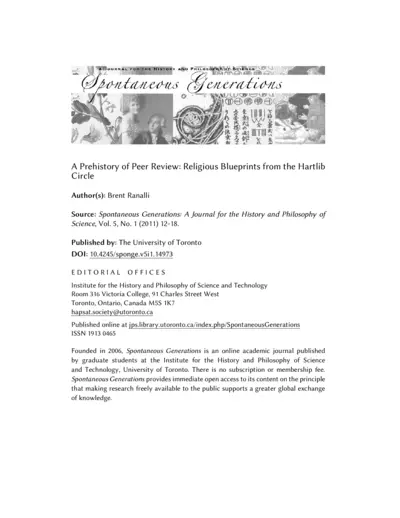
Prehistory of Peer Review: Religious Blueprints
This file explores the origins and development of peer review in science, tracing its roots to religious scholars in the Hartlib circle. It discusses the influence of the Royal Society of London and other early scientific organizations. The content is based on extensive historical research and analysis.
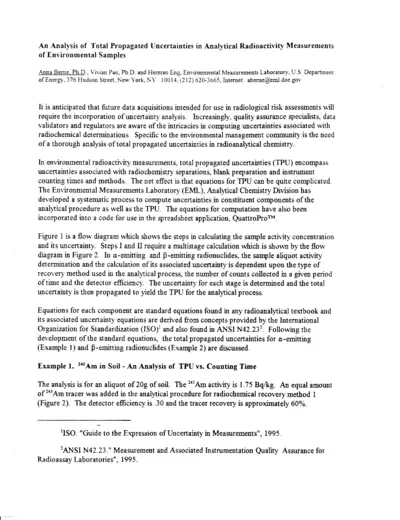
Analysis of Uncertainties in Radioactivity Measurements
This document discusses the uncertainties in analytical radioactivity measurements of environmental samples. It includes detailed equations and methods for calculating total propagated uncertainties. Useful for quality assurance specialists, data validators, and radiochemical analysts.

IRMS Sample Analysis Request Form Guidelines
This file contains instructions and details about the IRMS Sample Analysis Request Form. It is used to request sample analysis in the Laboratory for Isotopes and Metals in the Environment. Ensure you have the required approvals before using the IRMS.

Double Stuff Oreo Cookie Science Experiment
This file contains details and instructions for conducting a science experiment to evaluate the marketing claim of Double-Stuff Oreo cookies. Users will measure the mass of regular and Double-Stuff Oreo cookies along with their fillings. It guides users through the process of data collection, calculation, and analysis using the scientific method.
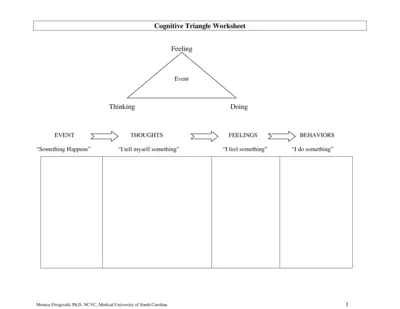
Cognitive Triangle Worksheet Instructions and Details
This file provides an overview and detailed instructions on how to use the Cognitive Triangle Worksheet. It helps users understand the relationship between their thoughts, feelings, and behaviors. Perfect for those interested in cognitive-behavioral strategies.

Engaging Doctor Pretend Play Printables for Kids
Transform playtime with free doctor pretend play printables designed for kids. These fun tools foster creativity and learning through imaginative play. Perfect for children from toddlers to first graders.

Buffer Solutions: Understanding Their Functionality
This file provides comprehensive insights into buffer solutions, including their preparation and pH resistance mechanisms. Ideal for chemistry students and professionals seeking to understand buffer systems. Practice problems included for hands-on learning.

Ions and Ionic Compounds: Understanding Nomenclature
This file provides a comprehensive overview of ions, including their types, charges, and nomenclature rules. It covers essential details such as simple and polyatomic ions, and how to name them correctly. Perfect for students and professionals looking to deepen their understanding of ionic compounds.

Biology Form 3 Notes and Instructions
This file contains detailed biology notes for Form 3 students. It covers essential topics such as organism classification and characteristics of various kingdoms. Perfect for studying and exam preparation.

Noble Gases Properties and Chemical Behavior
This document provides a comprehensive overview of the noble gases, their properties, and chemical behaviors. It includes information on individual gases, their electronic configurations, and compound formations. Ideal for students and professionals in chemistry.

Chemical Bonding and Matter in Our Surroundings
This file provides detailed insights into chemical bonding, including ionic and covalent bonds. It covers the principles of matter in our surroundings and the electronic configurations of elements. Ideal for students and educators in chemistry to enhance their understanding.